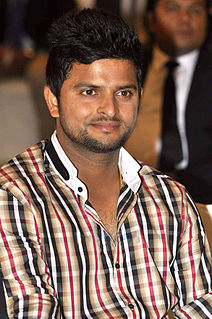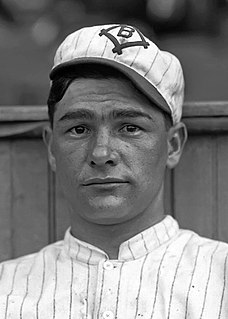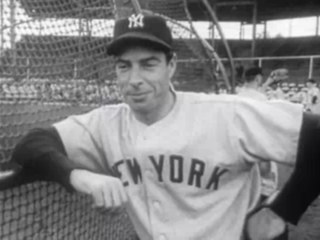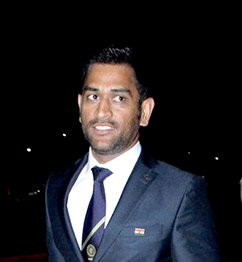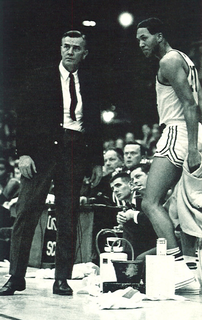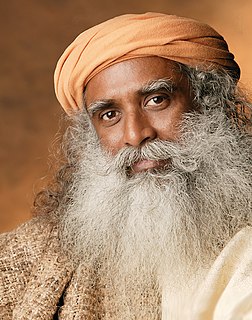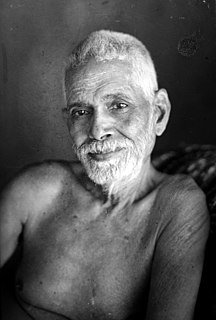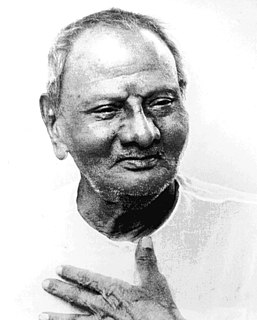A Quote by Ravindra Jadeja
I think I should be able to contribute either with the bat, ball or with my fielding. I am comfortable doing everything.
Quote Topics
Related Quotes
When the ball is over the middle of the plate, the batter is hitting it with the sweet part of the bat. When it's inside, he's hitting it with the part of the bat from the handle to the trademark. When it's outside, he's hitting it with the end of the bat. You've got to keep the ball away from the sweet part of the bat. To do that, the pitcher has to move the hitter off the plate.
If a pitcher goes up there and he's throwing a ball and it's a breaking ball down and away or a fastball up and in, a perfect pitcher's pitch, and you're able to just foul it off and stay alive in the at-bat, just keep grinding, keep working through the at-bat and hoping for that mistake that he's going to make. And if he doesn't, then you walk.
The two biggest things to understand when you're tracking the ball as a defensive back is your position on the field and understanding that once the ball is in the air you become the receiver. Too many young defensive backs worry about the receiver catching it or what the receiver is doing instead of focusing on what they should be doing. Just go out and make the play yourself, don't worry about him. Know where the ball is and attack it. Put yourself in position to bat it or catch it and make the play.
When covering the man with the ball, the defense should be able to touch the ball with his hand. He should assume this touching position as the ball is being received. When the ball is received, the defense should discourage the pass into the post area. The hands should be kept up. Keeping the hands up reduces a tendency to foul and allows a player to move his hands quickly.

